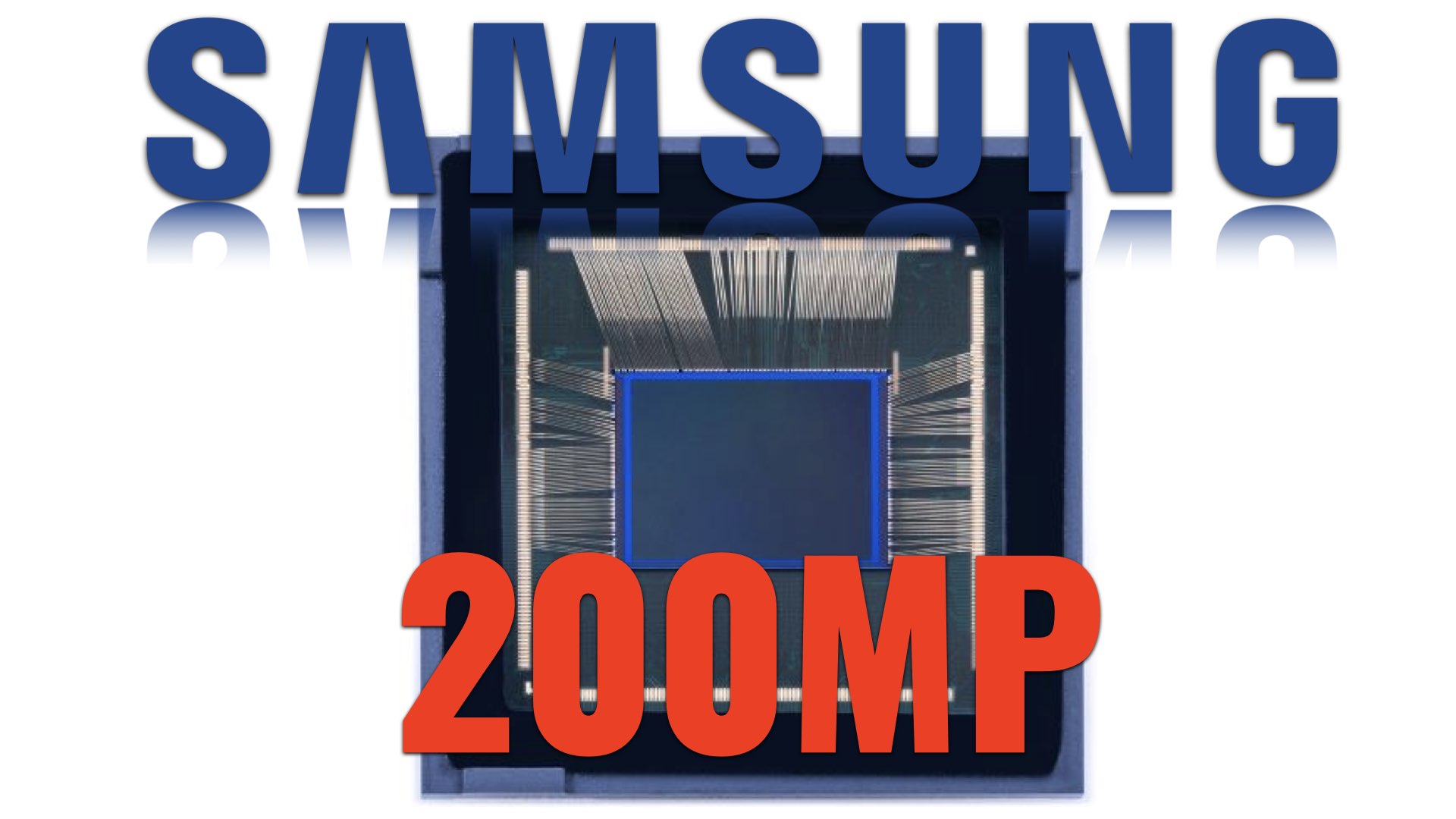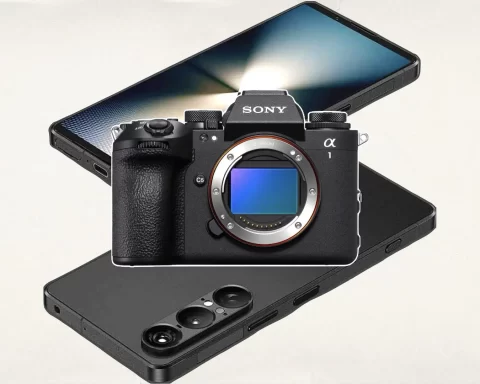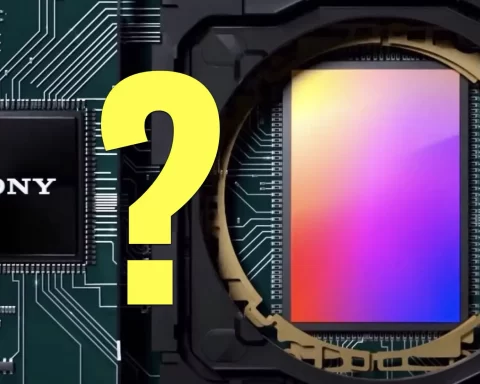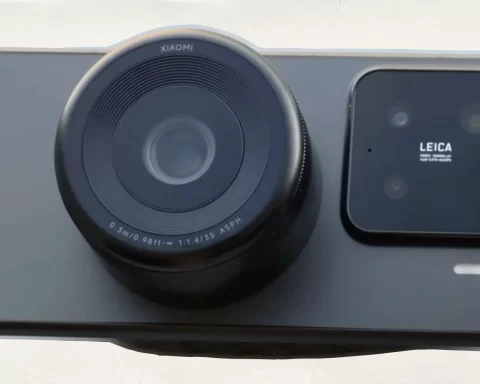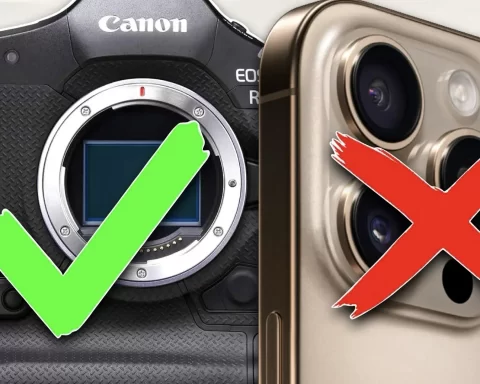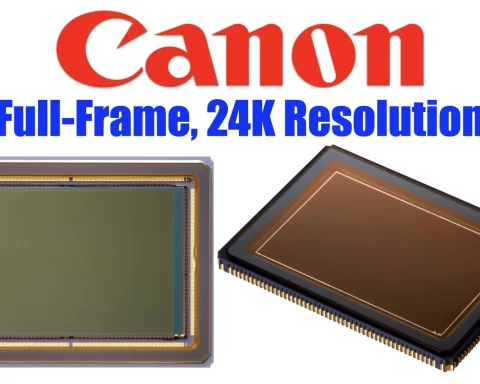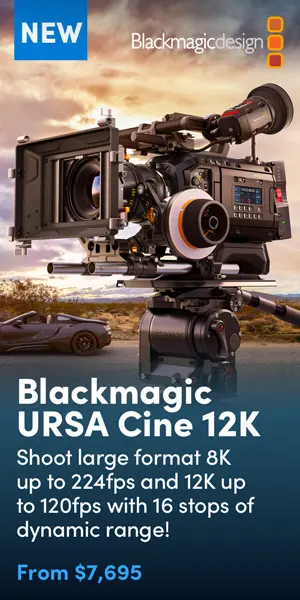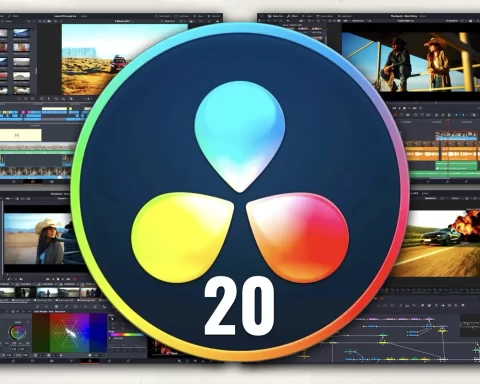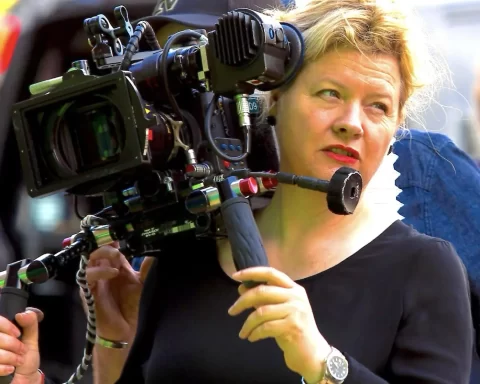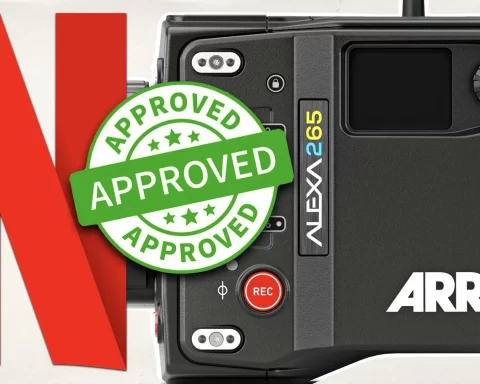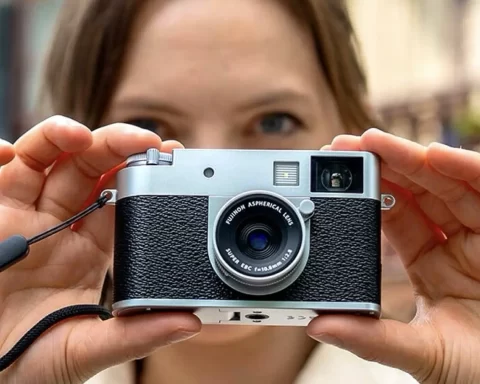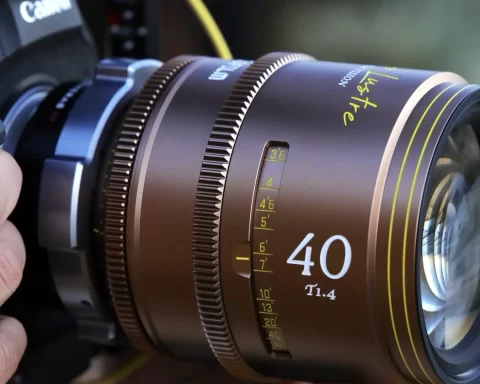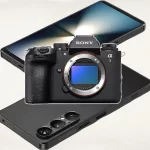Samsung Electronics announced three new ISOCELL mobile image sensors designed for both main and sub-cameras in smartphones: The ISOCELL HP9, the ISOCELL GNJ, and the ISOCELL JN5. The goal is to strengthen sub-camera capabilities in high-end smartphones for improved video shooting. All details are below.
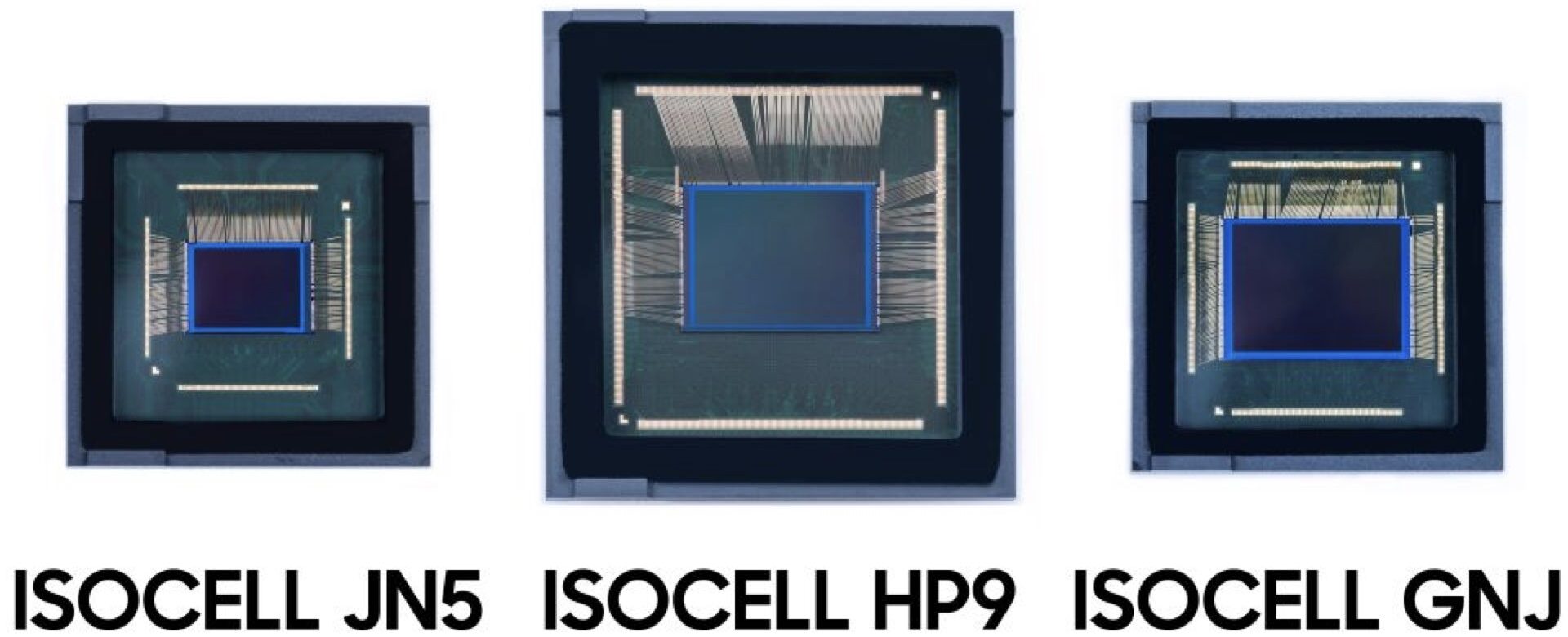
3 new power-image-sensors for high-end smartphones
As stated by Samsung: “As user expectations for smartphone camera quality and performance continue to rise, Samsung’s latest image sensors deliver stunning results from every angle, setting a new standard for mobile photography”. Furthermore, “Enhancing image sensor performance and bridging the gap between main and sub cameras to offer a consistent photography experience across all angles is the new direction of the industry,” said Jesuk Lee, Executive Vice President and CTO of the System LSI Sensor Business Team at Samsung Electronics. “We will continue to set industry standards and push technological boundaries with our new lineup of mobile sensors that integrate the latest advancements”. Indeed, reducing the gap between the main and sub-camera is the main challenge regarding filmmaking with smartphones, as reported here derived from Sony’s deck (video shooting on smartphones – read here).
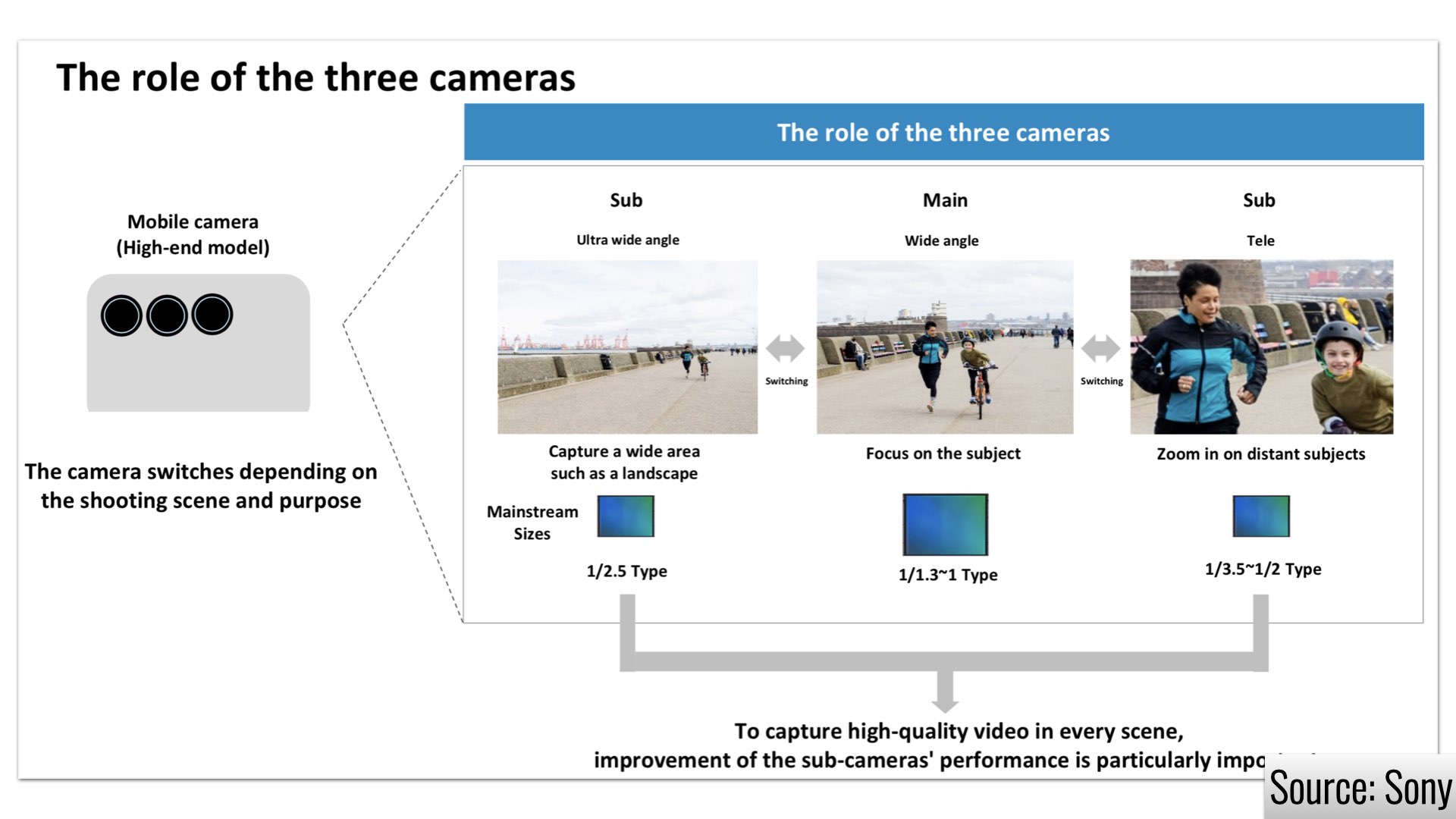
Enhancing image sensor performance and bridging the gap between main and sub-cameras to offer a consistent photography experience across all angles is the new direction of the industry. We will continue to set industry standards and push technological boundaries with our new lineup of mobile sensors that integrate the latest advancements.
Jesuk Lee, Executive Vice President and CTO of the System LSI Sensor Business Team at Samsung Electronics
ISOCELL HP9: Industry’s first 200MP telephoto sensor for smartphones
As explained, the main cameras in premium smartphones are growing in size, thus the room for telephoto cameras is also increasing. The HP9’s large optical format makes it suitable for telephoto modules, delivering a performance that matches premium main cameras in image quality, autofocus, high dynamic range (HDR), and frames per second (fps). The ISOCELL HP9 features 200 million 0.56-micrometer (μm) pixels in a 1/1.4-inch optical format. With its proprietary high-refractive microlens featuring new material, the HP9 significantly enhances light-gathering capability by directing more light accurately to the corresponding RGB color filter. This results in more vivid color reproduction and improved focus with 12% better light sensitivity (based on signal-to-noise ratio 10) and 10% improved autofocus contrast performance compared to the previous product. Notably, the HP9 excels in low-light conditions, addressing a common challenge for traditional telephoto cameras. Its Tetrapixel technology merges 16 pixels (4×4) into a large, 12MP 2.24μm-sized sensor, enabling sharper portrait shots — even in dark settings — and creating dramatic out-of-focus bokeh effects. Powered by a demosaic algorithm, the HP9 offers 2x or 4x in-sensor zoom modes, achieving up to 12x zoom when paired with a 3x zoom telephoto module, all while maintaining crisp image quality. It seems the HP9 is the largest sensor on the ‘set’. Unfortunately, Samsung hasn’t elaborated on their sizes.
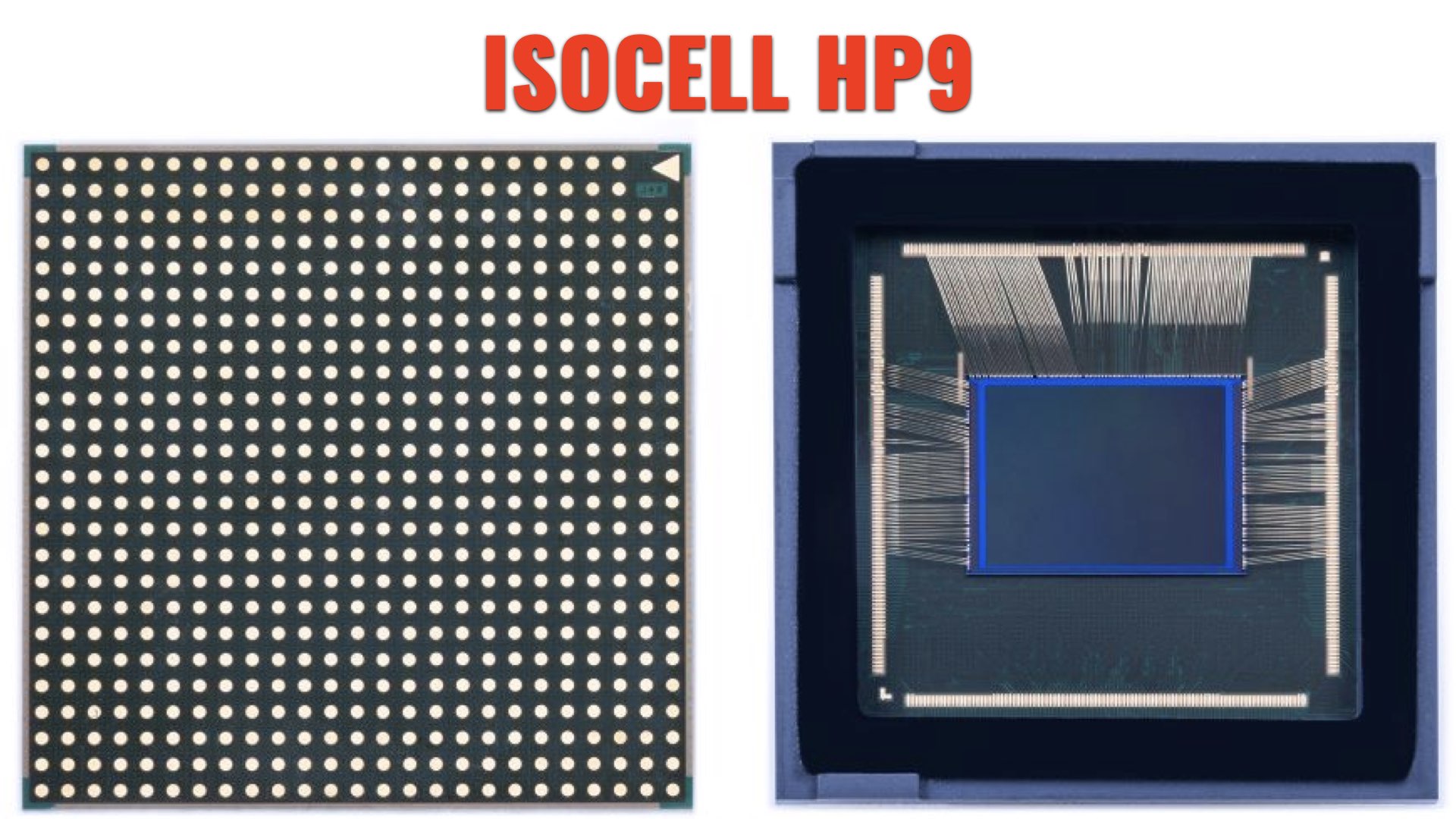
ISOCELL GNJ: Integrating pixel technology innovations
The ISOCELL GNJ is a dual-pixel sensor with 50 million 1.0μm pixels in a 1/1.57-inch optical format. Each pixel houses two photodiodes, enabling fast and accurate autofocus, similar to the way human eyes focus. The image sensor also simultaneously captures full-color information for quick focusing with sustained image quality. The GNJ combines dual pixel technology with an in-sensor zoom function to deliver clearer footage in video mode and higher-resolution images free from artifacts or moiré2 patterns in photo mode. The newly improved high-transmittance anti-refractive layer (ARL), coupled with Samsung’s proprietary high-refractive microlens, not only boosts light transmission and reduces unwanted reflections but also ensures that dark areas are not overly brightened for more accurate photos with well-preserved image details. In addition, the GNJ includes an upgraded pixel isolation material in deep trench isolation (DTI) from polysilicon to silicon oxide, minimizing crosstalk between adjacent pixels. This allows the sensor to capture more detailed and precise images. All of these innovations have been achieved with less power consumption, featuring a 29% improvement in preview mode and 34% in video mode at 4K 60fps.
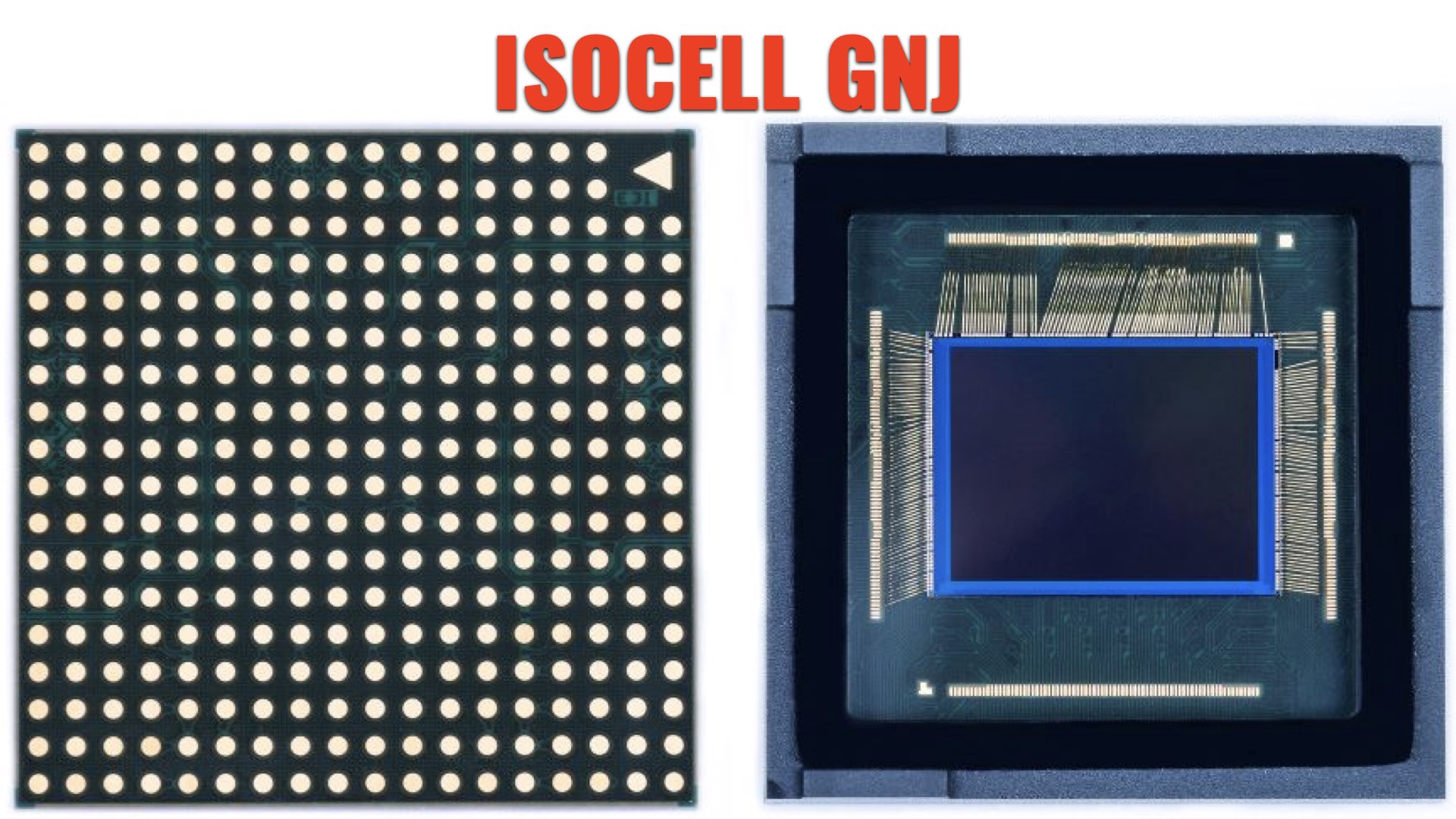
ISOCELL JN5: Consistent camera experience
The ISOCELL JN5 features 50 million 0.64μm pixels in a 1/2.76-inch optical format. Dual vertical transfer gate (Dual VTG) technology increases charge transfer within pixels, substantially reducing noise in extremely low light conditions for clearer image quality. Leveraging Super Quad Phase Detection (Super QPD), the JN5 adjusts focus by comparing phase differences both vertically and horizontally, catching even the smallest details of rapidly moving objects with minimal shake. Additionally, the JN5 incorporates dual slope gain (DSG) technology to enhance its HDR. This technology amplifies the analog light information entering the pixels into two signals, converts them into digital, and then combines them into one data, expanding the range of colors that the sensor can produce. Implementing hardware remosaic algorithms improves camera shooting speed while enabling real-time zoom in both preview and capture modes without any delay. The JN5’s slim optical format makes it highly versatile, allowing it to be used across main and sub cameras — including wide-angle, ultra-wide-angle, front, and telephoto — promising a consistent camera experience from various angles.
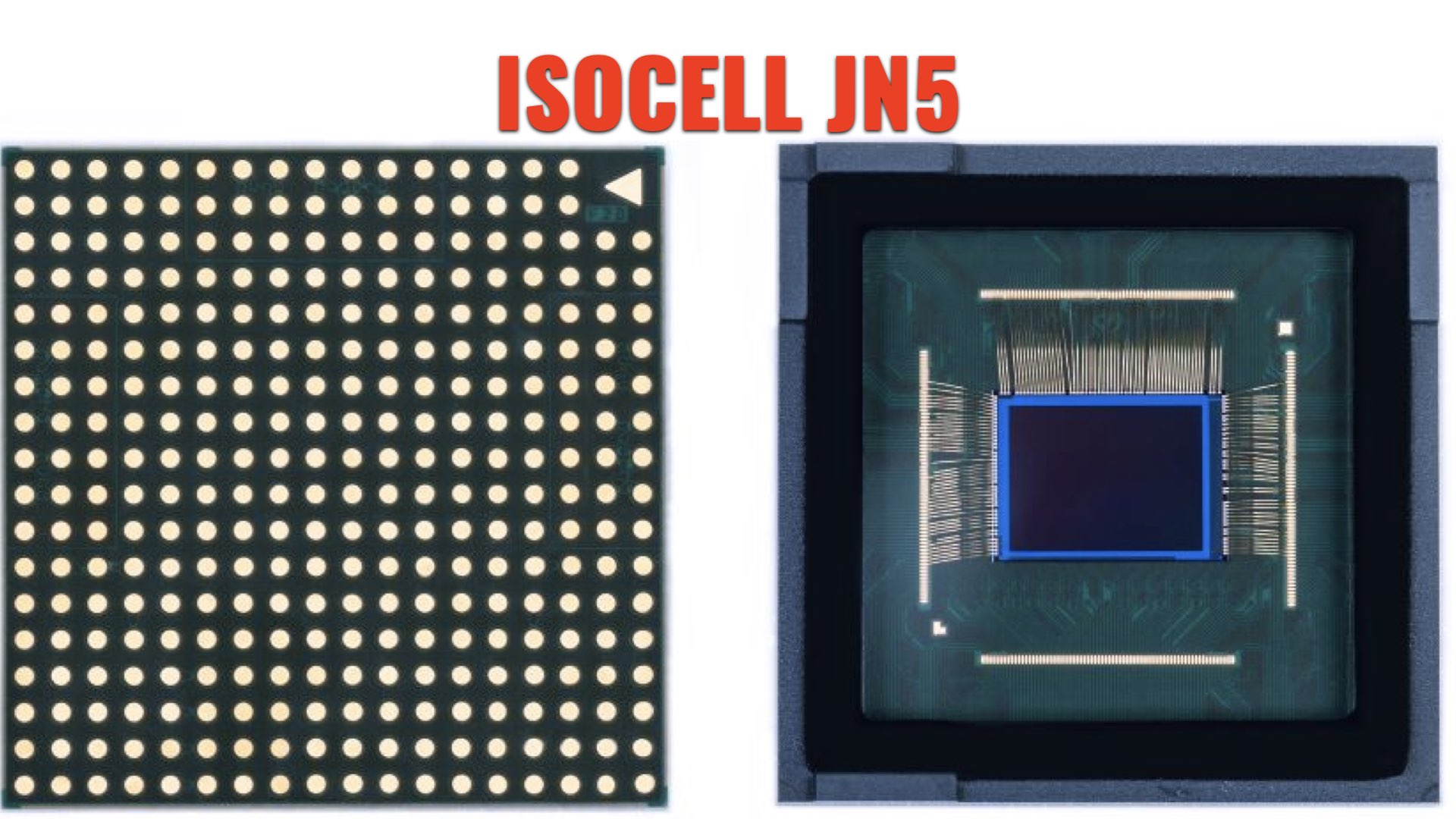
Let’s see which upcoming smartphones will implement those power-image sensors.
Deals & Specials for filmmakers
Here are some updated and selected deals and specials for filmmakers offered by top sellers.

